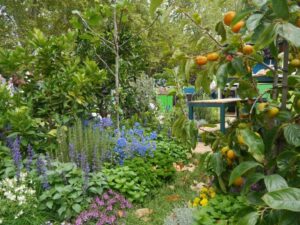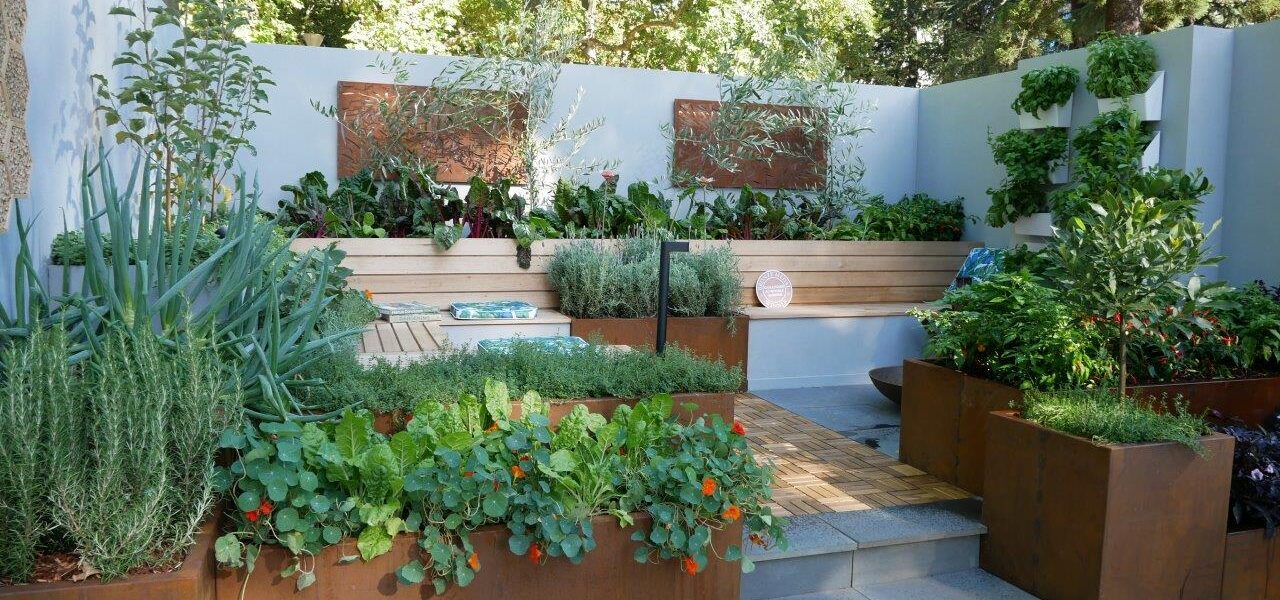Is my plant edible, ornamental or maybe edimental?
By Clive Larkman
Over the decades garden plants have become an important part of modern life. A house without a garden just doesn’t seem finished. The balance between edible and ornamental plants has shifted. For many years, the major range of garden plants were what we could eat or at least use in the house. Originally, the edible plants consisted of much of the same plants we bought in the supermarkets and green grocers. There were some unusual plants that were grown by our immigrants but the majority of gardeners wanted the edibles they were used to, so most nurseries stocked the standard varieties. These plants were grown and selected based only on their edibility.
Over the same period the ornamental value of the garden grew in importance. We all wanted a garden we could be proud of and generated ‘oohs’ and ‘ahs’ from visitors and neighbours. We wanted the bluest, or largest flowering, or most fragrant cultivars. We wanted something new and different and it was even better if they could be cut and used indoors.
These two competing desires resulted in gardens that were landscaped and had complex planting plans. The concept of hard and soft landscaping grew in relevance and we found experts in both sides of garden design. The experts in hard landscaping were basically professionals in designing the walls, paths, rockeries, ponds etc., and they didn’t pay much attention to the plant selection or layout.

The soft landscapers became real specialists in plant selection. They knew how and where different plants grew, and what types of garden design suited specific cultivars. The science behind horticulture was critical to the success of the garden and long-term viability of the plants. This is relatively easy to manage but becomes more complex when the ‘style’ side of the design comes into play. The plant landscaper must have a good knowledge of the thousands of plant cultivars available at any particular time in any particular location.
The real issue is accepting that in the modern world these experts also need to be good at design. They need to be interior designers as well as gardeners. They must be able to balance colours with shape and form, fragrance, size, and growth habit. When you add in the variations of seasonality, the complexity of plant selection and planning becomes a real art. As our towns have grown so have the range of microclimates. Forty years ago, the thought of growing Chocolate Sapote (Diospyros nigra) in Melbourne was just a dream. Now there are many areas where the temperature ranges allow them to grow and fruit. This has added another layer of complexity to plant selection and makes plant selectors even more important. Good experts are hard to find and expensive to engage but can be worth it in the end.
The modern garden has a lot of ornamental kudos and usually encompasses a decent ‘home harvest’ garden plot, known as the veggie patch. These ‘patches’ are usually full of great edible plants with little allowance for artistic value. They are more aligned to the food desires of the owners than any level of colour or pattern design. A well-designed garden can add thousands of dollars in value and significantly reduce the length of time taken to sell a property.
We have had this dichotomy of edible and ornamental plants for a long time. We are now getting an increase in plants that I like to call “edimental.” Plants that both look great but are also edible. A classic example is common Rosemary (Salvia rosmarinus), which has been grown for hundreds of years as an edible and medicinal herb. There was some selection conducted based on taste and oil structure, but it was basically planted from locally sourced cuttings. Now we have multiple forms and a wide range of colours from white to deep purple and pink. Even the common old strawberry now has a choice of fruit and flower colour.
I am not sure how far this new trend will go but it is well worth it for current plant breeders to be aware of it. If they can breed plants that look great and produce quality food, foliage, flowers, fruit, and tubers, then the market is wider and the consumer can maximise the value of their gardens.

